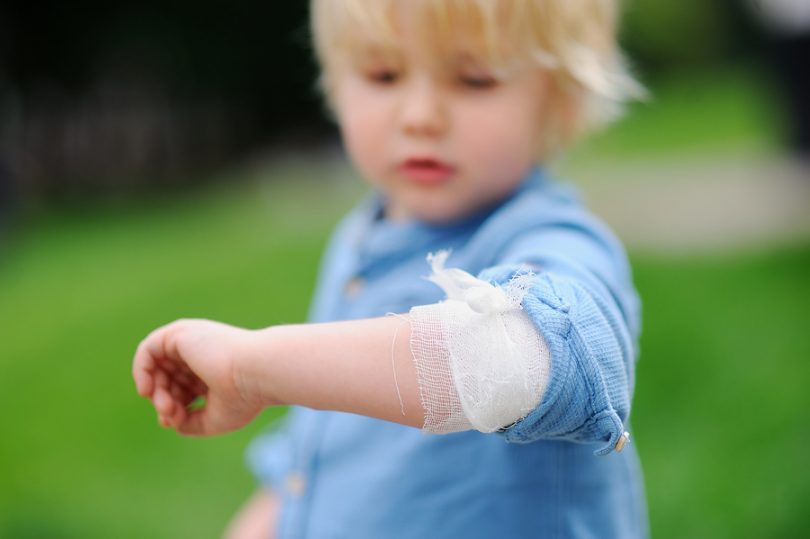If you know how to stop bleeding you could save the life of a seriously injured individual.
No one likes to think about this, but do you know how you would react if you found someone bleeding on the floor? Would you freeze and not know what to do? Simple techniques could be the difference between life or death in an emergency situation where no medical personnel are present.
Uncontrolled bleeding is the leading cause of preventable death. Recent incidents in our country, especially in schools, have increased the interest and awareness for the need to learn how to stop bleeding, and potentially save a life.
Stop The Bleed is a national initiative started by the White House and the American College of Surgeons that offers training for adults and children on how to stop bleeding in a life-threatening situation.
Whether it is a car accident, a hunting accident, a fall at home, or a mass casualty event, knowing how to stop bleeding could prove life-saving. A person can bleed out within minutes, even before emergency services can arrive, and having bystanders who know what to do is important. The life you could help may be a stranger, a friend or even a family member.
What you need to know
All you need to remember to save a life are your “ABCs”
- A is for Alert: Call 9-1-1
- B is for Bleeding: Find the injury that’s causing the bleeding
- C is for compression: apply pressure or “compress” the bleeding site with manual pressure, a tourniquet (applied above the site of bleeding) or wound packing (with gauze or clean fabric)
If you are alone with an injured person, follow the ABC’s. If you have someone else with you, one person should call 9-1-1 while another applies pressure to the wound. You will need to know where the bleeding is coming from, which means you may need to tear or cut clothing to find the wound.
Next, compress the wound.
How do you properly compress a wound? Lock your elbows and press as best as you can. Although neck, chest and abdominal wounds will need immediate evaluation by a surgeon, the ABCs can help control the bleeding from these extremities until the person is transferred to a hospital.
Stop The Bleed initiative
In addition to educating the general public, this campaign has led to the creation of bleeding control kits. These kits have essentials necessary to pack a wound and a tourniquet that can be used if the bleeding is coming from an extremity.
Remember, if you see something, do something
To learn how to properly use a tourniquet, Stop The Bleed courses are free and available to the general public. These courses have been offered at schools, government offices and even sporting events.
The Augusta University Department of Surgery and Trauma Center provide Stop The Bleed courses. Visit Stop The Bleed to find one near you.





